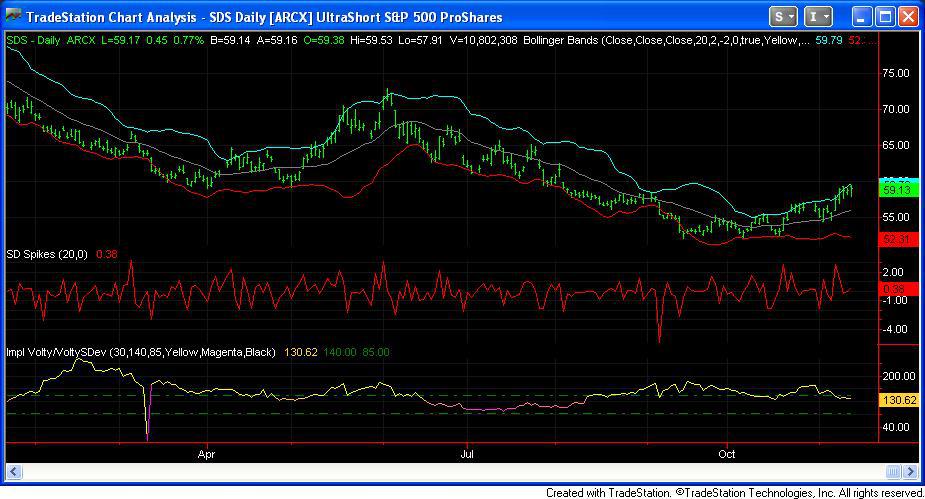

Naturally, you’d expect that most investors would not be able to tolerate losing 20 percent over just one month.

Which one of those 20 percent losses is preferable? – 20 percent loss over the course of one month, orĪfter that loss occurs, the portfolio goes back to making 6 percent per year.

Now let’s assume you get to pick how fast that crash occurs: And let’s say your time horizon for the portfolio is ten years.Īnd at some point over those ten years, there’s a 20 percent drawdown in the portfolio. For simplicity’s sake, assume this return is constant. Let’s say you have a portfolio making 6 percent per year. Review Options-based Tail Risk Hedging: Drawdown Length Is Important The theta decay component that’s always a factor with options trading is also not an issue. While options trading has a timing component, these strategies don’t.
#Parallax volatility advisers tail hedging how to
These strategies include learning how to have a balanced portfolio, diversification in equities (e.g., going into “defensive” stocks), risk parity, and/or managed futures or investments into different risk premia. On the other hand, natural risk hedging strategies tend to be more effective and value additive to a portfolio over time. Tail risk hedging via options tends to be most effective over shorter time horizons and less effective the longer the duration. But most of the time, they end up paying too much for implied volatility relative to future realized volatility. Traders often buy short-term options because they perceive an opportunity to make a lot of money in a short period of time based on a specific catalyst. Accordingly, when the underwriter (often an investment bank) sells short-term options it will win most of the time and make a profit for the basic reason that traders typically overpay for them. While investors should have a natural inclination to protect their portfolios, particularly from hard/impossible to predict left-tail risk events, use of these strategies may actually dent long-term investing returns.įor the underwriter of an option to enter into the bet, he must be compensated accordingly and expect to turn a profit. Tail risk insurance strategies are often not used by many investors because they incur a large long-run cost. However, these tail risk hedging strategies that do so well in fast down markets are also the ones most likely to lose most or all of the capital allocated to them relative to other portfolio implementations. Tail risk hedging and portfolio insurance strategies have seen a burst in demand. The concept of tail risk hedging has seen renewed interest.īecause of the drop and the continued economic and market uncertainty, options have become more expensive.



 0 kommentar(er)
0 kommentar(er)
